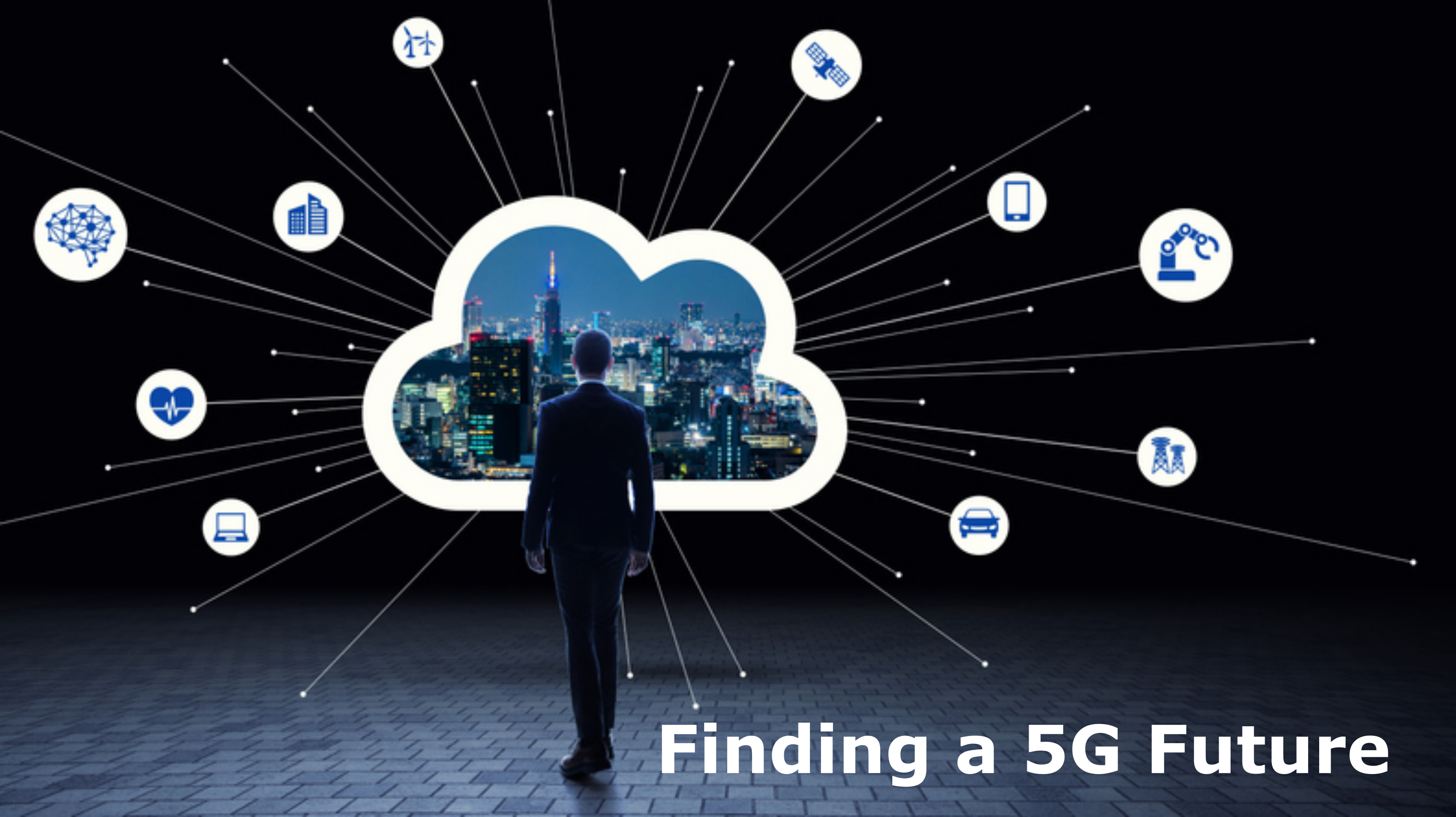
Contact Us: contact@tolaga.com

April 2021
While it is possible to speculate 5G revenue opportunities for mobile operators, the reality is that nobody knows how the market will develop. Industry spectators have wide-ranging expectations from the pessimistic 'glass-half-empty' to the optimistic "glass-half-full." While both the 'half-empty' and 'half-full' camps have some efficacy, at Tolaga we fall into a third camp, where the 'glass' is the wrong size. We believe that instead of focusing on the reassurance of speculative 5G revenues, investors should seek solace that mobile operators are investing in the right places to prepare themselves for 5G revenue opportunities as they emerge.
There is a diversity of opinion in the 'half-empty' camp. But in essence, these opinions are undergirded by a belief that mobile operators cannot evolve from consumer-orientated mass markets with highly standardized services, highly controlled ecosystems, market channels, and end-to-end service delivery.
5G enabled digital services for vertical markets like smart cities, manufacturing and connected vehicles are different. They have complex ecosystems with specialized functionality and many stakeholders. Historically mobile operators have struggled to capitalize on these types of opportunities. A notable example is Internet Multimedia Systems (IMS).
IMS was the mobile operators' answer to the mobile Internet. However, IMS was a highly standardized network-led solution that had no hope of keeping pace with the rapid customer-centric innovation led by OTT players and device manufacturers. As the mobile Internet took hold, service value was pulled away from the operators to the ecosystem peripheries - with players capitalizing on cloud computing, app stores, and device innovation. Although the network was (and is) important, it is interesting to reflect on the original iPhone launched on a 2.5G network. At the time, device UI and application ecosystem were much more valuable than network performance.
The 'half-empty' scenario assumes that mobile operators will essentially remain constrained by their 'legacy-inertia,' and their best hope for emerging digital services is to provide wholesale/incidental connectivity services. Interestingly, some of the largest telco wholesale customers are AWS, Azure, and Google Cloud Services (GCS).
The wholesale and incidental connectivity revenues with the 'half-empty' scenario will not offset the current communications industry revenue stagnation. On this basis, it is hard to see how the 'half empty' scenario can prevail indefinitely. In addition, irrespective of how long the "half-empty" stays, we believe it is essential for operators to continue to invest in networks and services infrastructure to protect their revenues for enhanced mobile broadband services.
Advocates of the 'half-full' scenario believe that history is a poor indicator for predicting operators' prospects. This time it is different for the following reasons.
We need to see evidence that operators are transforming their business/operations models to prepare for 'half-fullness'. There are a range of indicators that relate specifically to 5G. In particular:
The expectations for 5G are over-inflated. Even the leaders of nation-states are touting 5G's strategic importance! Buoyed by market exuberance, 5G has come to market more than 12 months ahead of the original plan, with an accelerated timeline that has required standardization and deployment shortcuts. These shortcuts hinder 5G's ability to support emerging services.
Mobile operators have strong incentives to promote the potential for 5G, but at the same time, remain somewhat conservative in their monetization strategies beyond traditional markets. Given the market uncertainties, first-mover market strategies are not necessarily the best approach for most mobile operators. Instead, fast-follower strategies underpinned by the right infrastructure investments and operational transformations are likely to be more fruitful.